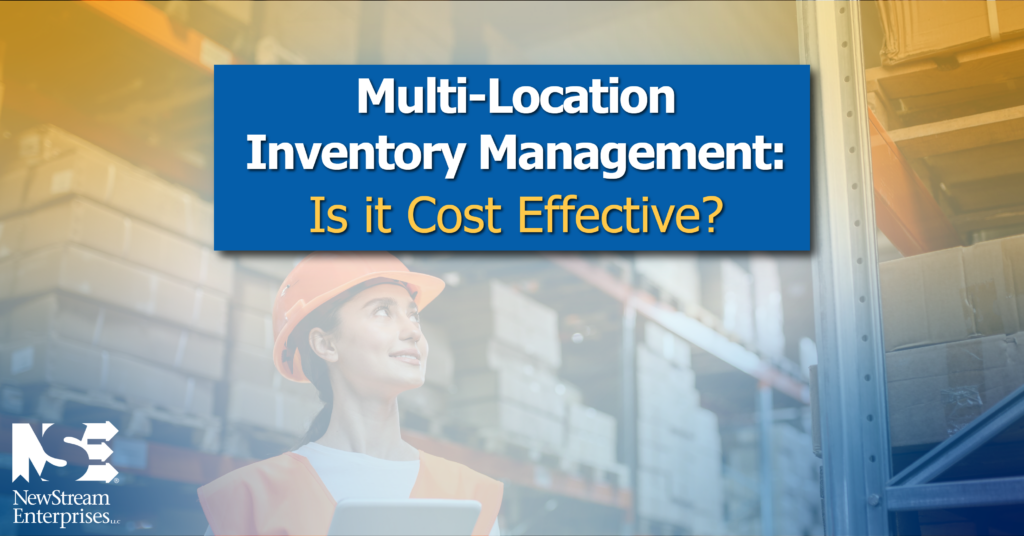Millions of businesses use warehouses to store their inventory, but what happens when there is no longer space for your products? Some businesses’ solution to this issue involves multi-location inventory. Multi-location inventory management is a system used by businesses to track and manage inventory in multiple locations. This process includes all operations, such as inventory, staff, shipping, storage and movement of goods. It is the technical management of operations in multiple warehouses across different locations. While cost is a large concern, there are multiple factors that are considered when making this transition.
Pros
Faster Deliveries: Having your inventory in multiple locations allows you to deliver products to customers in a shorter amount of time. Maintaining more locations means that your products are a closer distance to more customers. Deliveries could possibly be made within hours instead of days. Faster deliveries lead to an increase in customer satisfaction.
Flexibility: Businesses that have their inventory in multiple locations can select which products they should keep in what warehouses. This allows businesses to match their inventory with what their customers’ needs are in that region. Positioning their products into separate warehouses can lead to a more efficient way of meeting their customers’ desires.
Lower Risks: By adopting several warehouses, you can attempt to reduce the number of catastrophic events. Unfortunately, these events are unpredictable and do happen from time to time. A natural disaster or pandemic are just two examples of things that could disrupt the distribution of your products. Having products in numerous locations reduces the risk of something happening to all your inventory from being in a single warehouse.

Cons
Tracking Inventory: Tracking inventory can be more difficult when your inventory is spread across multiple warehouses. It can become more of a hassle when dealing with inventory issues, such as overstock or inventory loss, when all of your products are not in one location. When making the decision to spread your inventory across multiple locations, it is important that there are plans in place on how to track and manage inventory.
Communication: Communication is always important, but it becomes crucial that communication stays a top priority when your inventory is in multiple locations. Each warehouse will have their own set of equipment and set of practices that they follow. When errors occur, good communication will be necessary to fix the issues and to prevent them from happening again.
Managing in Real-Time: It can be challenging to make adjustments to inventory when it is spread across multiple locations. The more locations that your products are in, the harder it can be to monitor inventory in real time. People expect things to be done quickly, which can be difficult with multi-location inventory.
When it comes to spreading your inventory across multiple locations, there are many benefits. While faster deliveries, flexibility, lower risks, and reduction of carbon footprints are all benefits in multi-location inventory, there is also a large cut in costs from making this transition. With an ideal centralized location, we at NewStream understand the importance of on-time delivery and flexibility to get your product where it needs to go. With the ability to ship to anywhere in the continental United States in 48 hours, our team of experts will help you save money on transportation while keeping your customers happy so that you can focus on your core competencies and love your supply chain!
Ready to partner with a reputable 3PL? Let’s chat, our experts are ready to help!


